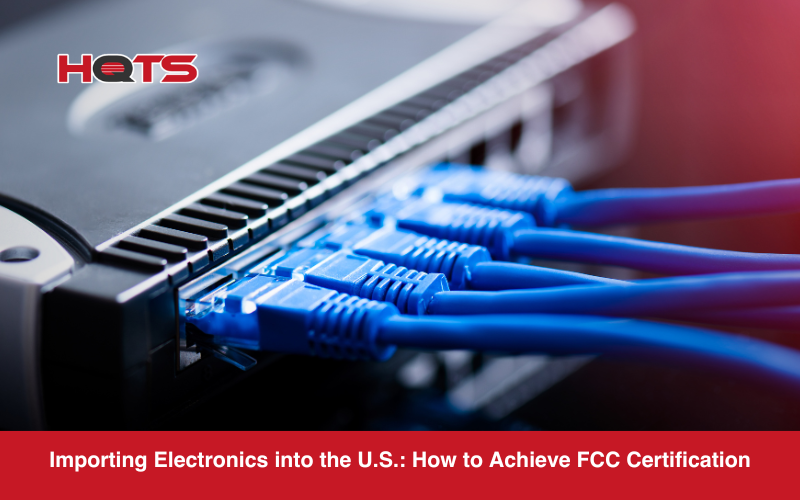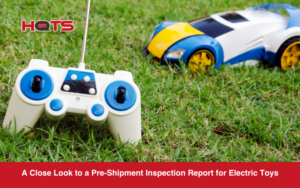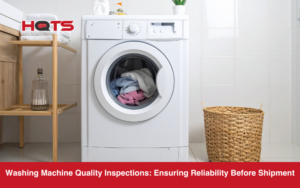What is the FCC Standard for Electronics?
The Federal Communications Commission (or FCC) ensure that devices emitting radio frequency energy operate within specified limits, preventing interference with other electronic devices by setting limits on the intentional and unintentional radio signals they can emit. Such devices are either categorised as class A (for commercial and industrial devices) or class B (for residential devices).
As a basic rule, any electronic device that can oscillate above 9 kHz generally falls under FCC scrutiny. Such devices will require certification and in certain cases also a Supplier’s Declaration of Conformity (known as an SDoC). Of these, certification is the largest obstacle, and typically involves extensive testing at an FCC-accredited laboratory and formal approval by a Telecommunications Certification Body (TCB).
The FCC’s rules and regulations for electronic devices are laid out in Title 47 of the Code of Federal Regulations (known as the CFR).
What Products Are Covered Under the FCC?
The scope of FCC regulations is broad, covering virtually all electronic and electrical devices that are manufactured or sold in the United States and capable of emitting radio frequency energy.
The products covered include wireless devices (such as Bluetooth devices, Wi-Fi routers, and remote control toys), IT equipment (including personal computers and laptops), and audio or video products (such as radios and televisions).
However, even products that are not designed to transmit signals, but contain digital circuitry or operate at radio frequencies internally (known as ‘unintentional radiators’), often require FCC compliance. That’s why if you have any suspicion that your product could be included under FCC guidelines, it’s always best to make sure.
How to Obtain FCC Certification
The path to attaining FCC certification involves a number of steps. Before you can set out on this path, however, you must first determine what class your object belongs in (class A or class B).
Next, you need to submit a number of documents to a Telecommunications Certification Body (TCB). This includes test reports from an FCC-approved laboratory and an application form that includes your FRN (Federal Registration Number) and Applicant’s Grantee Code.
Alongside these, you must also include:
- Your FCC ID Label
- Photography (including internal, external and test setup photographs)
- Other key components of the device, such as the user manual, schematics and parts list
You may be asked to include even more documentation than this, so if necessary make sure you’re ready to provide them.
Once approved, you will finally be issued with a Grant of Equipment Authorization (FCC Grant), allowing you to sell your products in the US.
HQTS Guides the Way to FCC Compliance
Navigating the intricate landscape of FCC regulations can be daunting, especially for businesses new to the U.S. market or those dealing with complex electronic products – but don’t worry, because help is available.
HQTS is a leading global quality control and supply chain services provider with extensive experience in product compliance and certification. Our team of experts can guide you through every stage of the FCC certification process, from initial consultation and pre-compliance testing to liaising with accredited labs and managing the final filing with the TCB.
Don’t let compliance be a roadblock to your success in the U.S. Contact us today and let’s discuss your certification needs!




